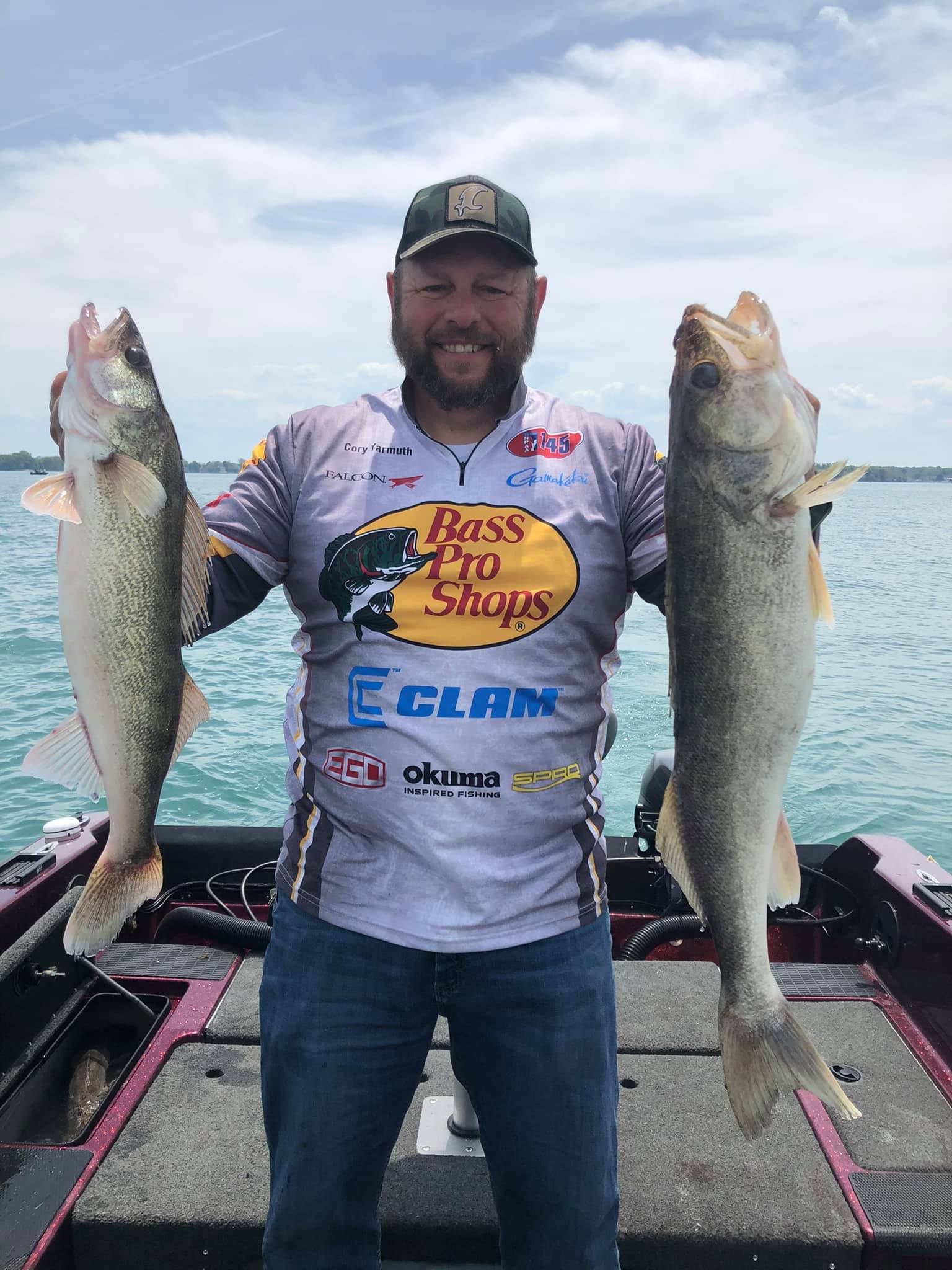Ice fishing is just around the corner and as we prepare our short rods and shelters we can’t help but get that tingle of excitement in our bodies. The anticipation is almost unbearable at times and we count the minutes until we can hit the hard surface of the local lakes and ponds.
Time has been put into respooling reels with fresh line. Our jig boxes are organized by size, color, and shape. The spud bar is at the ready and our auger blades are sharp enough to shave with.
One thing that people often overlook is the most important part of their gear and that is their clothing and how they plan on dressing for the ice. Cold weather and winds can end a trip quickly if you are not prepared.
I like to use a simple process when prepping for the cold weather and this method is useful not only to ice fishing, but any activity that might put you outside in the cold winter weather.
Layering is the key to keeping yourself prepared for the cold. It is a simple process and most of the outdoors population understands the principal, however they don’t often employ the method properly thus leading to a cold day on the ice.
To get a better understanding of keeping yourself warm you really need to understand the basic principal of insulation. Insulation uses air-space to keep you warm. The more air space the better the insulation value. The best way to insulate your body from the cold is to make sure that your clothing fits properly and has the ability to breathe.
Think of the insulation in your walls. It is made up of some type of fiber and if the insulation is the proper thickness and is allowed the stay that way it will keep the house warm. If the insulation is compacted then the air space is lost and the insulation value goes down. The same principal holds true with clothing.
Everyone knows that cold feet can easily ruin your day out on the water, or ice in this case. Start with a good Polypropylene liner sock directly on the skin and then put a good wool sock over the top of that. Cotton is your enemy with any type of base layer as this will not allow your skin to breathe and it traps moisture that will cause you to get cold much quicker.
Over your two layers of socks you should choose a good boot that is at least one size larger than what you typically wear. Your toes should not be cramped in the boot thus allowing air space for proper insulation. An example of a good boot is the Ice Armor Onyx boots. The boot is waterproof, breathable and has a good insulation value. This hits on everything that you should look for in your choice of footwear.

Moving up to the main part of your body you want to choose a good set of polypropylene base layer or a Merino Wool style that will go directly against the skin. These can be bought in several different weights and choose the weight that best suits the conditions that you fish in.
The base layer should be breathable and an important part of this first layer is to make sure that you do not wear any cotton underwear or t-shirts underneath it. The base should be directly against your skin as this will wick any moisture away from your body and keep you warm and dry.

On the lower half of your body I like to recommend wearing a good pair of fleece pants or fleece lined pants over the base layer. A good wool pant will also work quite well. Both of these fabrics have a property to them that allows them to keep your warm even if they get wet.
The same goes for the upper portion of your body. A good fleece jacket or sweatshirt with a hood will keep you quite warm. The important thing to remember is that if you keep your core warm, chest and back, you will be able to keep the rest of your body warm as well. When your inner core becomes cold then the blood flow to the hands and feet is reduced thus allowing them to get cold much quicker.
A little trick I like to use is to use a couple of the chemical hand warmers and put them in the chest pockets of my shirt that I will wear over my base layer. These will keep this area warm and allow your body to properly circulate blood to keep the rest of your body warm.
The last layer will consist of a good waterproof, windproof and breathable insulated suit. I prefer the Clam Ice Armor suits as they are designed for the ice fisherman. .These suits have padded knees and seats and they are designed for the fisherman. I like to tell people that instead of having an ice shanty, I am actually wearing my shanty.
There are many other outerwear options out there, but the key is to make sure they fit properly and are comfortable for you.
Finally we get to the head and hands. To throw out a rough figure I would say that about 80% of the heat your body produces is lost through your head and it pays to protect it with a good fleece beanie or hood. Keeping this heat in will keep the rest of your body warm.
As far as your hands go, a good set of fingerless fleece gloves allow you to bait hooks, tie jigs and still keep your hands warm. The fleece will keep your hands warm even if they get wet.
Look for a good pair of fingerless gloves that also include a hood that flips over onto your fingers to form a mitten. When your fingers are allowed to be close to each other without fabric separating them you will be able to keep them much warmer.
Layering allows you to add or remove layers to properly protect you from the elements. You can start off with only a couple of layers as you head out to your fishing spot and as you begin to cool down you are able to add layers to keep your body temperature regulated.
Staying warm and dry on the ice will allow you to enjoy your time outdoors much more and if you employ a few of these little tips you are sure to have a great time on the ice and with any luck you will find the fish.


